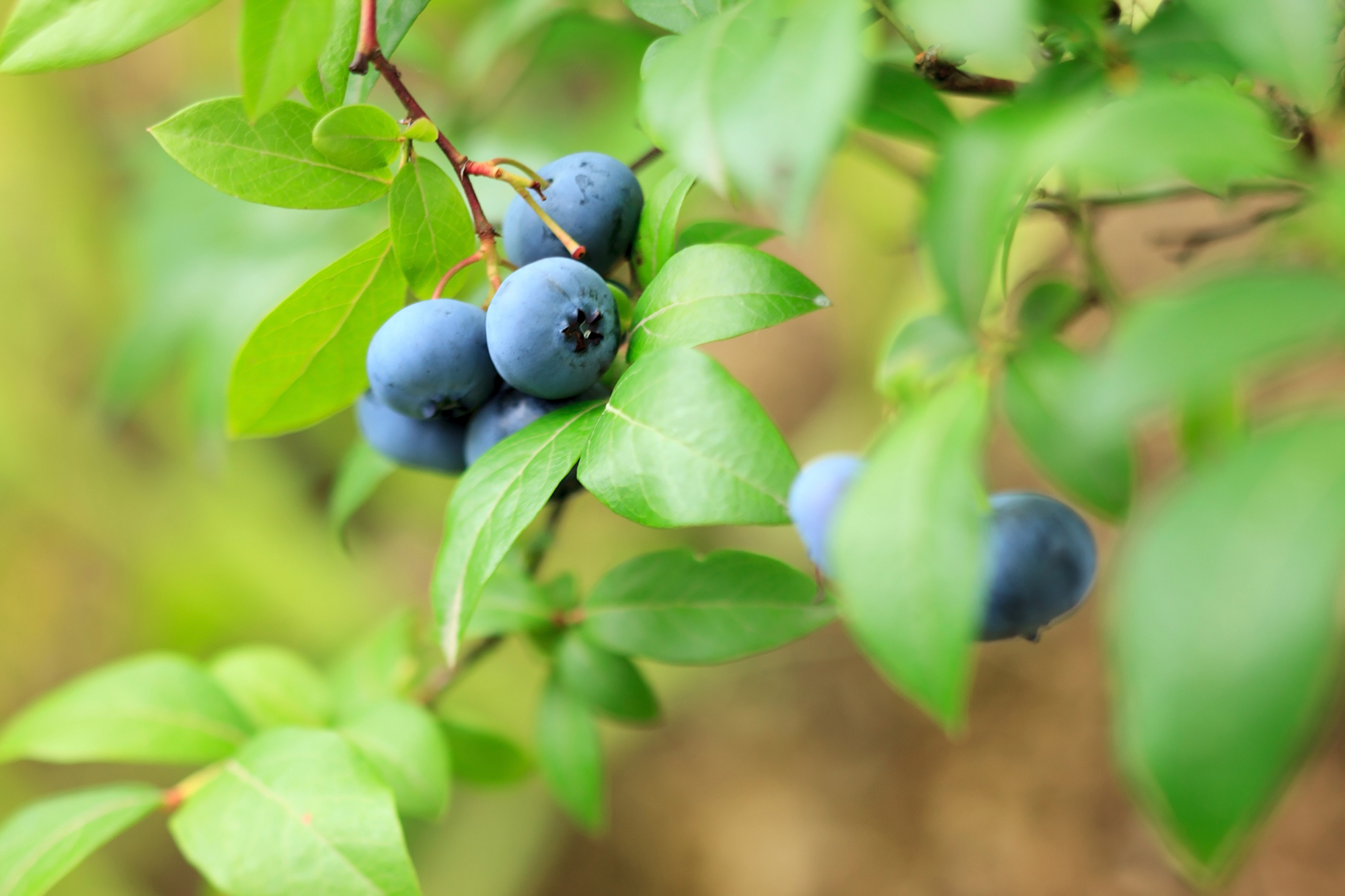New varieties of blueberries are developed in the US with greater postharvest resistance
In the United States, blueberries are the second most widely produced berry, and their popularity has grown exponentially in less than 30 years, from 45,000 tons grown in the 1990s to 339,000 tons in 2019. ARS researchers are working hard to help farmers to keep up. with consumer demand.
Researchers at the Horticultural Crop Production and Genetic Improvement Research Unit (HPCGIR) in Corvallis, Oregon are developing new cultivars of not only blueberry but also blackberry, red raspberry, black raspberry and strawberry to meet the needs of growers. in the Pacific Northwest.
“In blueberries, we are focused on improving the shelf life of the fruit so that it reaches consumers with consistently better texture and flavor,” said Claire Luby, HCPGIR plant geneticist. “This also means developing new types of blueberries that are easier to harvest with mechanical harvesting equipment.”
Blueberries are notorious for being difficult to harvest with machinery because they bruise so easily.
Perhaps a bigger challenge for Luby and his colleagues is developing a variety that is resistant to a disease known to be a berry scourge: blueberry shock virus.
“We are studying various blueberry plants to understand the genetic basis of blueberry shock virus, which can significantly affect farmers’ yields,” he said. “Our hope is to use the insights from this project to develop new cultivars that are resistant, or at least more tolerant, to the disease.”
Blueberry shock virus has caused annual crop losses of 34-90% in the Pacific Northwest.
“The fruits we are targeting in this project are some of the most widely eaten fruits in the United States and provide significant nutritional benefits to consumers,” Luby said. The fruits are also economically important to the region, with Washington and Oregon being the country’s top two producers.
According to Luby, the researchers combine traditional plant breeding with genomics to find the right genetic mix for their disease-resistant cultivars.
Their plant breeding programs use traditional techniques of taking pollen from one plant and using it to pollinate a different plant with complementary characteristics. They then determine if the progeny of these crosses have the new traits that meet the objectives of breeding programs. In general, these techniques have been used in one form or another by people trying to improve agricultural crops for millennia.
“Where the genomics part comes in is to try to improve the precision and speed of the breeding process,” Luby explained. “Now we can get a lot more genetic information about plants, and we can use that information to potentially predict whether an offspring from a given cross might have the characteristics we’re looking for before planting it in the field. This is important because it can increase the speed of the breeding process.”
Traditional blueberry breeding can take more than 20 years from the time an initial cross is made until a consumer can eat from a resulting crop.
“Our goals are to develop blueberries that require fewer chemical inputs to fight disease, which can be better for both the environment and grower bottom line,” Luby said.
14/12/2022





